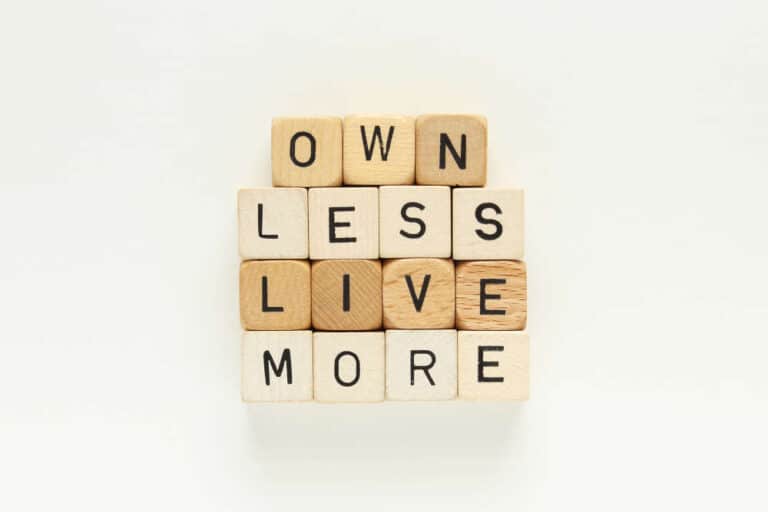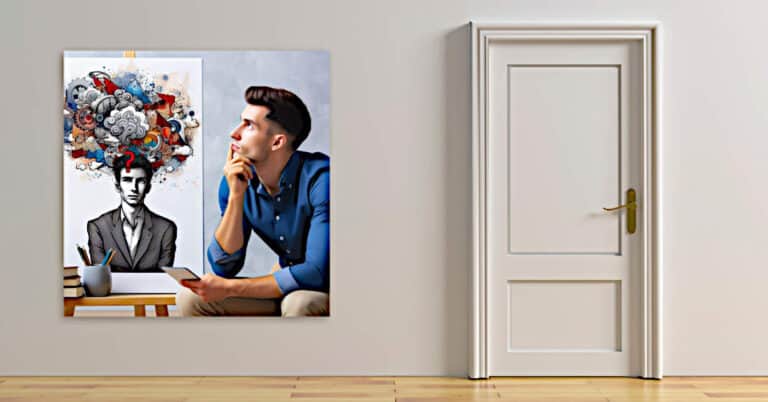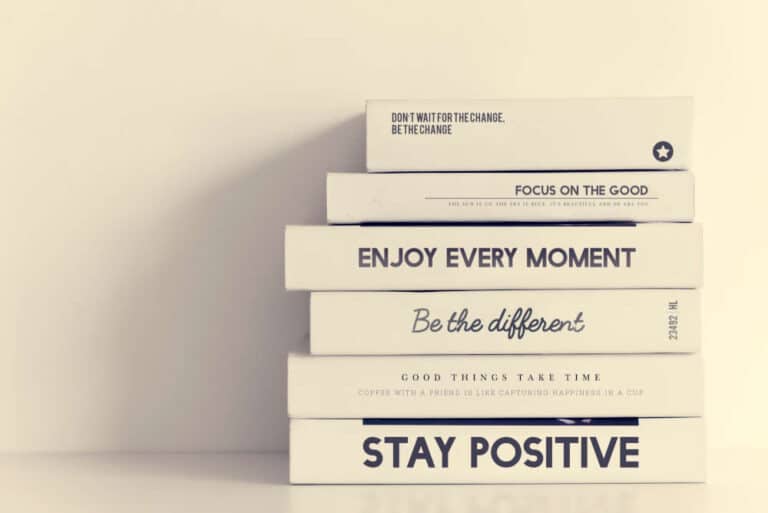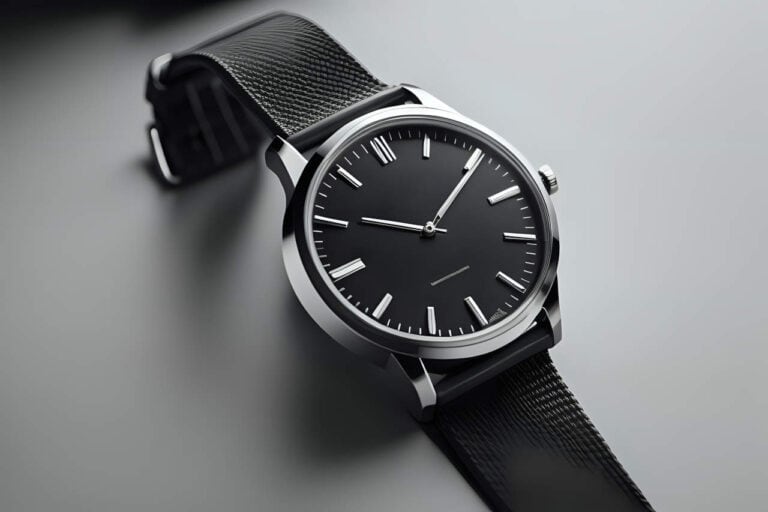How to Become a Minimalist in 30 Days: Your Comprehensive Guide to Joyful Simplicity
| Days | Key Steps |
|---|---|
| Day 1 | – Understand what minimalism means to you – Declutter one small space – Focus on mindful consumption |
| Days 2-5 | – Cultivate a minimalist mindset – Educate yourself on minimalist principles – Reflect on how your values align with minimalism |
| Days 6-10 | – Declutter your entire home space by space – Use detailed filtering questions to guide what you keep – Take breaks to recharge during marathon decluttering |
| Days 11-15 | – Implement organizational systems – Find homes for items you’re keeping – Adopt tidy up habits daily and weekly |
| Days 16-20 | – Practice mindful consumption in all areas of life – Curb impulse purchases – Limit distracting digital clutter |
| Days 21-25 | – Elevate minimalist lifestyle with daily practices – Maintain organization – Declutter your mind – Read inspiration |
| Days 26-30 | – Sustain minimalism with ongoing habits – Inspire others by sharing your journey – Focus on progress vs. perfection |
Embracing minimalism is an exciting journey that invites you to let go of excess and discover the beauty of simplicity. By following this comprehensive 30-day guide, you’ll learn practical strategies for adopting a minimalist lifestyle and mindset. The path to minimalism begins with curating a life that’s aligned with your true values and finding fulfillment in experiences over possessions. Are you ready to transform your home and mindset? Let’s begin!

Day 1: Understanding the Minimalist Lifestyle
The first step in this “how to become a minimalist in 30 days” guide is gaining clarity on what minimalism means to you. At its core, minimalism isn’t about depriving yourself or conforming to strict rules that dictate how you should live your life. Rather, it’s about discovering the freedom that comes with intentional and mindful living.
Minimalism provides a framework for curating a life that’s aligned with your personal values and goals. It allows you to strip away the excess and distraction, and focus on what matters most to you. As you embark on this transformative journey, reflect on what draws you to the minimalist lifestyle and what areas of your home or life currently feel cluttered or chaotic.
To begin adopting a minimalist mindset, start small by tackling just one cluttered space today – this could be a kitchen drawer, an overflowing closet, a bookshelf, or even a small corner of a room. Go through each item carefully and honestly evaluate whether it contributes purpose or sparks joy for you. For items you’re uncertain about, ask yourself:
- When was the last time I used this?
- Do I have a practical need for this?
- Does this represent who I am today?
- Would my life be better without this?
Use these filtering questions to determine what to keep vs. what to discard or donate. Remember that minimalism focuses heavily on mindful consumption. As you declutter today, also make conscious choices about what new items you welcome into your life moving forward. Simplifying your physical surroundings is an important first step, but keep in mind that minimizing clutter extends beyond just material possessions.
Over the next 30 days we’ll explore how to identify and reduce excess in all areas of your life, whether it’s streamlining commitments, developing healthier shopping habits, or decluttering digital spaces.
When it comes to possessions, quality matters more than quantity.Surround yourself with items you truly love and find useful, rather than accumulating lots of mediocre clutter.
As you take these first steps on your minimalist journey today, also take some time to meditate on why you’re drawn to this lifestyle. Envision how you want to feel in your simplified, decluttered space. Know that lasting change comes with time and dedication. Be proud of any progress made today, big or small!
Days 2-5: Cultivating a Minimalist Mindset
In the early days of transitioning to a minimalist lifestyle, the focus should be on shifting your mindset and cultivating intentionality in all areas of your life.
Begin each morning with a mindfulness practice like meditation, journaling, or reflecting on your goals for the day. This will help ground you and set positive intentions as you build new minimalist habits.
During this initial adjustment phase, take time to identify your core values and assess whether your current lifestyle aligns with them. How might adopting minimalist principles and practices better support your values?
For example, if family relationships are highly important to you, minimizing clutter could allow you to be more present with loved ones instead of distracted by mess.
To further educate yourself, dive into minimalist books, blogs, and resources. Titles like The Minimalist Home by Joshua Becker provide a room-by-room guide to decluttering and maintaining a simplistic home.
For lifestyle inspiration, check out sites like The Minimalists and B Minimalist which offer real-life stories and advice for embracing minimalism.
Surrounding yourself with these motivational resources will gradually shift your mindset and perspective on what you value most.
On days 4 and 5 specifically, do some reflection around how broader societal messages and consumer culture may have shaped your perceptions of success and possessions over time. Challenge yourself to reframe status, value, and worth beyond material things. Instead, focus on personal growth, strong relationships, fulfilling hobbies, and peace of mind as measures of a life well lived.
Let go of any subconscious pressures to conform to excessive, picture-perfect standards that we often see splashed across home decor magazines and websites. With a few modifications, even a small living space can embody minimalist style.
Remember that minimalism is a highly personal journey that looks different for everyone. Focus on finding what feels most authentic and uplifting to you.
Days 6-10: Tackling Hands-On Decluttering
Now that you’ve begun shifting your mindset and cultivating intentionality in your minimalist journey, it’s time to roll up your sleeves and dig into some hands-on decluttering!
Over the course of days 6 through 10, select one area of your home to tackle each day. This might include your:
- Kitchen
- Bedroom
- Living room
- Office
- Closets
- Bathrooms
- Garage/basement storage areas
Go through each space methodically, sorting items into “keep”, “discard”, and “donate” piles. Refer back to the filtering questions from Day 1 to decide what makes the cut. Be extremely ruthless during this process. If an item doesn’t serve a functional purpose, provide meaningful value, or positively impact your daily life, let it go.
For guidance on decluttering specific spaces or categories of items, refer to in-depth minimalist books like The Minimalist Home. Implementing these detailed tips will maximize your productivity.
If you need an extra boost of motivation, turn to minimalist blogs like B Minimalist for real-life stories of others’ decluttering success. Seeing their impressive before and after photos will inspire you to push through.
Don’t overexert yourself during marathon decluttering sessions. Take regular breaks to relax with an uplifting minimalist book or podcast episode. Celebrate each small victory along the way!
With focused persistence over these 5 days, you’ll make massive strides toward your organizational goals while enjoying the liberating feeling of lightening your load.
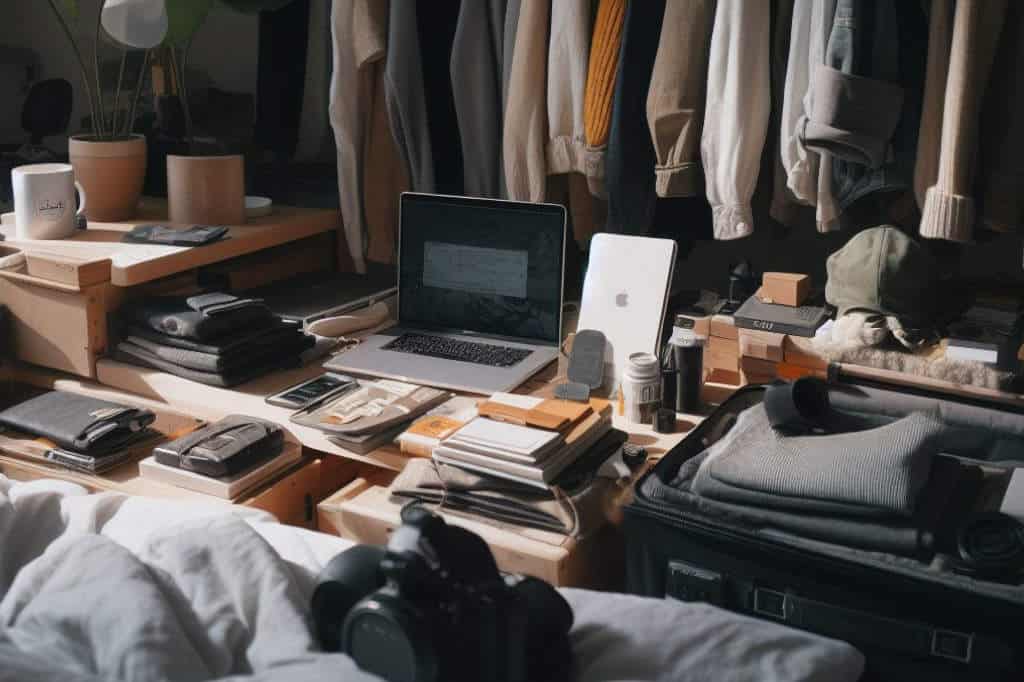
Days 11-15: Organizing Your Decluttered Spaces
Once you’ve made headway by decluttering your home using our step-by-step minimalist guide, it’s crucial to implement effective organizational systems. This will help you maintain tidiness and efficiency in your minimized living space.
Think through smart storage solutions and homes for the items you’ve decided to keep, whether that’s bins, shelves, labeled drawers, hanging racks, or other practical options.
For example, assign separate dresser drawers for t-shirts, pants, socks etc. Neatly file important paperwork into matching folders. Display prized book collections upright on floating shelves for a clean look. Utilize wall hooks or over-the-door hangers for coats.
When organizing your kitchen, label containers clearly and keep utensils in divided trays or canisters. Store infrequently used appliances to free up counter space.
These are just a few ideas to get you started – find what makes the most sense for your needs and preferences. Experiment a bit to discover systems you truly love rather than just tolerating.
A huge benefit of minimalism is reducing visual clutter. So take time styling items attractively once you’ve found logical homes for them.
Additionally, adopt daily habits that will help streamline maintenance like putting items back immediately after use. Set aside 15 minutes each evening for quick tidy-ups to prevent piles from accumulating. Deep clean kitchens and bathrooms weekly.
While establishing optimal minimalist organization systems takes some trial and error, you’ll quickly notice benefits like saved time finding misplaced items and peaceful simplicity.
Days 16-20: Developing Mindful Consumption Habits
So far in your “how to become a minimalist in 30 days” journey, we’ve focused largely on physical spaces – decluttering, then organizing. But as touched on earlier, minimalism extends far beyond the tangible, material realm. It’s a holistic lifestyle centered around mindful, intentional living.
Days 16 through 20 are all about translating that mindset into your daily habits and practices. To live mindfully, become more conscious about what you bring into your home, body, mind and schedule.
When considering a purchase ask yourself:
- Do I really need this item?
- Will this add long-term value and enjoyment to my life?
- Is this aligned with my goals and values?
- What’s motivating this purchase – necessity or impulsiveness?
Implement a 24 or 48 hour waiting period for wants that aren’t absolute needs. Often the urge to buy something diminishes after some reflection. Support sustainable, ethical brands when possible. Read reviews to ensure you select quality items built to last.
Beyond physical things, also look at how you consume information, media, and social networking. Be selective about what you devote your precious time and attention to. Seek out content that inspires and uplifts you. Limit activities that breed excess negativity or comparison.
Aim to find happiness through experiences that enrich your life – creating memories with loved ones, learning and growing, pursuing hobbies that bring joy. Spend time outdoors immersing yourself in nature’s beauty.
By carefully evaluating what you allow into your life, you’ll gain greater fulfillment from the things that truly matter most.
Days 21-25: Elevating Your Minimalist Lifestyle
You’ve made wonderful progress over the past 20 days – congratulations! Let’s build on that momentum and elevate your minimalist lifestyle even further with these key tips:
Continue practicing mindful consumption. Resist impulses to accumulate more clutter. Welcome only purposeful, uplifting additions to your home.
Maintain tidiness. Set aside time for daily quick cleans and weekly deep cleans to keep your space orderly.
Declutter your mind. Make time for reflection each day through meditation, journaling, long walks, etc. This mental space helps provide further clarity.
Add minimalist style. Incorporate natural elements like plants, woven textures, cozy blankets, and neutral tones for an inviting ambiance. Think minimalist bohemian style.
Read/listen for motivation. Dive into minimalist books and podcasts during spare moments.
Engage in social media mindfully. Follow minimalist bloggers and decluttering pros for positive inspiration. But limit endless browsing time.
Focus on personal growth. Challenge yourself to try new things outside your comfort zone. Set goals for the coming months and take steps each day to achieve them.
Savor simple pleasures. Slow down throughout your day to appreciate small delights – a warm sunny spot for reading, sharing laughter with a friend, the taste of a homemade meal.
Days 26-30: Making Your Minimalist Lifestyle Last
You’re so close to completing your inspiring minimalist living transformation! In these final 5 days, focus your energy on making the changes you’ve implemented over the past month stick for the long-term. Here are some key strategies:
Continue using your new organizational systems – tidy up daily and deep clean weekly to maintain your tidy haven.
Keep decluttering mindfully – regularly evaluate items and let go of anything not enhancing your life.
Shop intentionally – ask yourself if a purchase aligns with your needs and values before buying.
Celebrate how far you’ve come! – re-read early journal entries and reflect on your transformation.
Inspire others – share before and after photos or advice on social media to motivate others.
Refer back for motivation – Dig into minimalist books and blogs whenever you need a boost.
Remember perfection isn’t the goal – be gracious with yourself on days when you slip up. Just get back on track.
Focus on progress not perfection. Enjoy the fulfilling minimalist lifestyle you’ve created!
Conclusion: Become A Minimalist In 30 Days
Congratulations – you’ve reached the end of this complete 30-day journey to joyful simplicity! We hope you feel a deep sense of accomplishment and pride looking back at all the positive changes you’ve made over the past month.
Take some time now to soak in your transformed living environment – whether it’s a serene minimalist bohemian living room or a long-cluttered closet that finally breathes with open space. Recognize the calm and renewed energy that your simplified surroundings offer.
Think back to Day 1 when you embarked on this journey. Reflect on the major decluttering and organizational steps you took along the way. Remember, this process takes dedication and patience. Celebrate each small win!
Also consider the mental shifts and new mindful habits you integrated while following this minimalist guide – from conscious consumption to self-reflection. Acknowledge how even these subtle changes have contributed to a greater sense of peace, contentment and purpose in your daily life.
While living with intention takes continual effort, let this first month give you confidence that you can sustain this minimalist lifestyle long-term. Surround yourself with resources like “You and the Art of Minimalism” or “B Minimalist” books that can provide inspiration whenever you need motivation moving forward.
Minimalism is an ongoing adventure. But you now have a solid foundation for embracing simplicity and finding more fulfillment in life’s most meaningful aspects – personal growth, connections, experiences, and joy.
We hope this complete 30-day minimalist guide equipped you with valuable insights and strategies for clearing away excess to create space for what matters most. May your new minimalist life be filled with tranquility and purpose!


